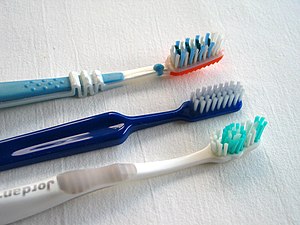
As a parent you are always trying the do the best for your child and their oral health. Making sure they brush and floss, avoiding sugary foods and taking them to the dentist for regular checkups. Praise yourself for those efforts, but some of the most important things you can do for your child’s oral health begins with taking care of your own dental needs.
The quality of your child’s oral health starts before they are even born. There is a strong association between periodontal disease (gum and bone infection), preterm delivery, and low birth weight infants. Periodontal disease is one of the most common silent infections; many people have no idea they have it. Women with gum disease are six times more likely to deliver prematurely. If you are pregnant, and it has been longer than six months since your last visit, especially if you have any problems such as a toothache or bleeding gums, schedule a visit with your dentist. Although it is preferable to have any dental problems treated prior to pregnancy, there are safe times during your pregnancy to obtain necessary treatment.
Once the child is born, it is important to make sure that both the mother and other primary caregiver’s mouths are healthy. It is critical to your child’s risk for cavities. People often say “I got my Mom’s bad teeth,” when they have a lifetime full of dealing with tooth decay. What you really should be saying is “I’ve got my Mom’s bad bacteria.” Most children acquire the bacteria (Streptococcus mutans) causing cavities from their parents or caregivers soon after birth. This is referred to as “vertical transmission.” It may occur from kissing the baby on the mouth, cooling off or sampling food, cleaning a pacifier off in mouth for the child etc. Cavities are a preventable infectious disease!
To ensure your child has a great start, begin by taking care of your own oral health. Get regular checkups and cleanings, and take care of any cavities in your own mouth. This will decrease the amount of Streptococcus mutans (the bacteria causing cavities). Additionally, it may be beneficial to use certain mouth rinses and/or chew gum containing xylitol to decrease and change the type of bacteria present in your mouth.
The key here is: a healthy parent helps lead to a healthy child. Leading by example is a powerful motivator. Don’t ignore yourself; your kids will thank you.
Resources
M. John Novak, BDS, LDS, PhD, Perio and Pregancy is there a link? Dimensions of DENTAL HYGIENE, Oct 2010 34-36.
Oral Healthcare During Pregnancy: A Summary of Practice Guidelines. http://www.mchoralhealth.org
Washington State Department of Health, Community and Family Health, Maternal and Child Health Oral Health Program, (360) 236-3507.

















